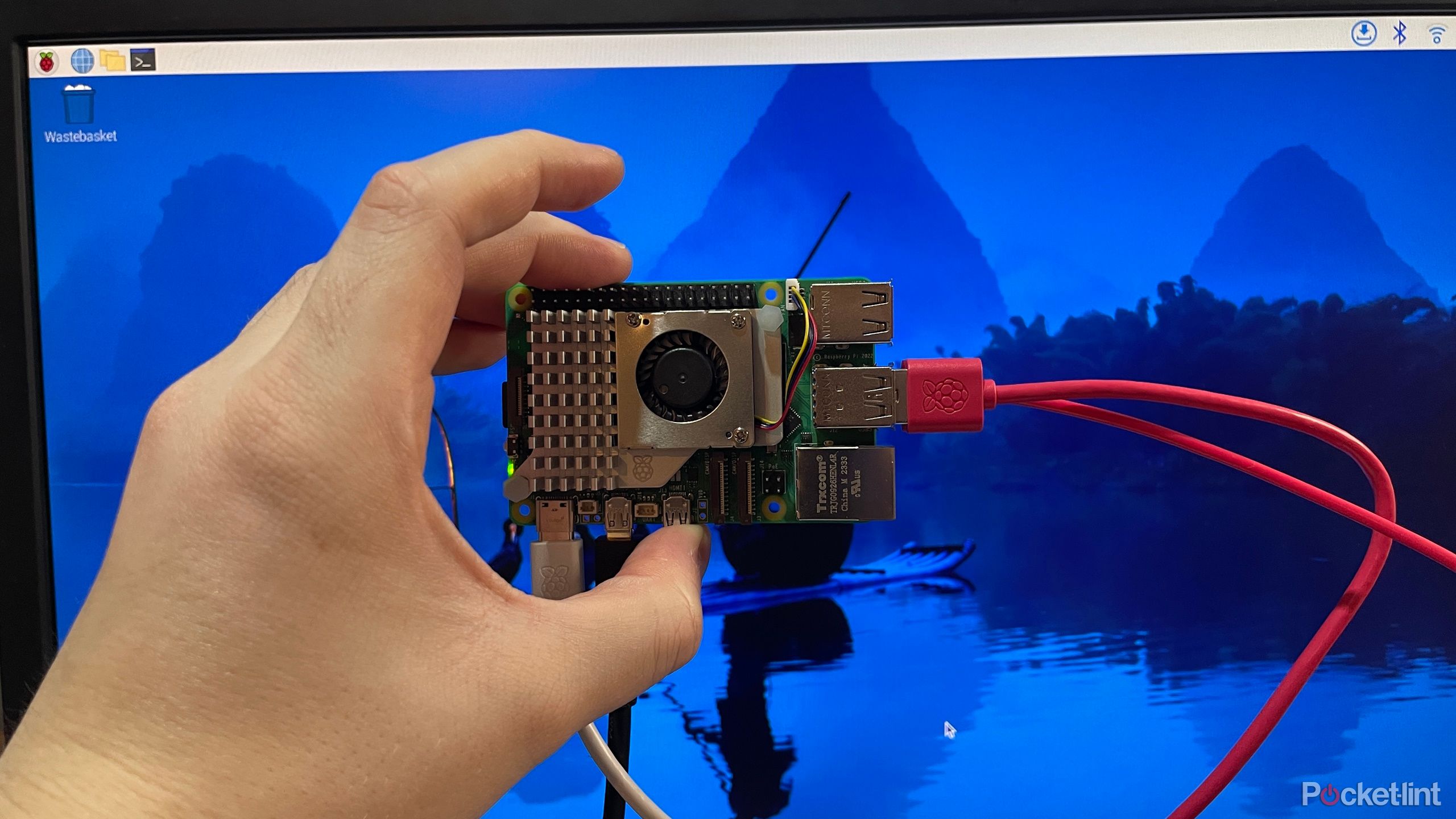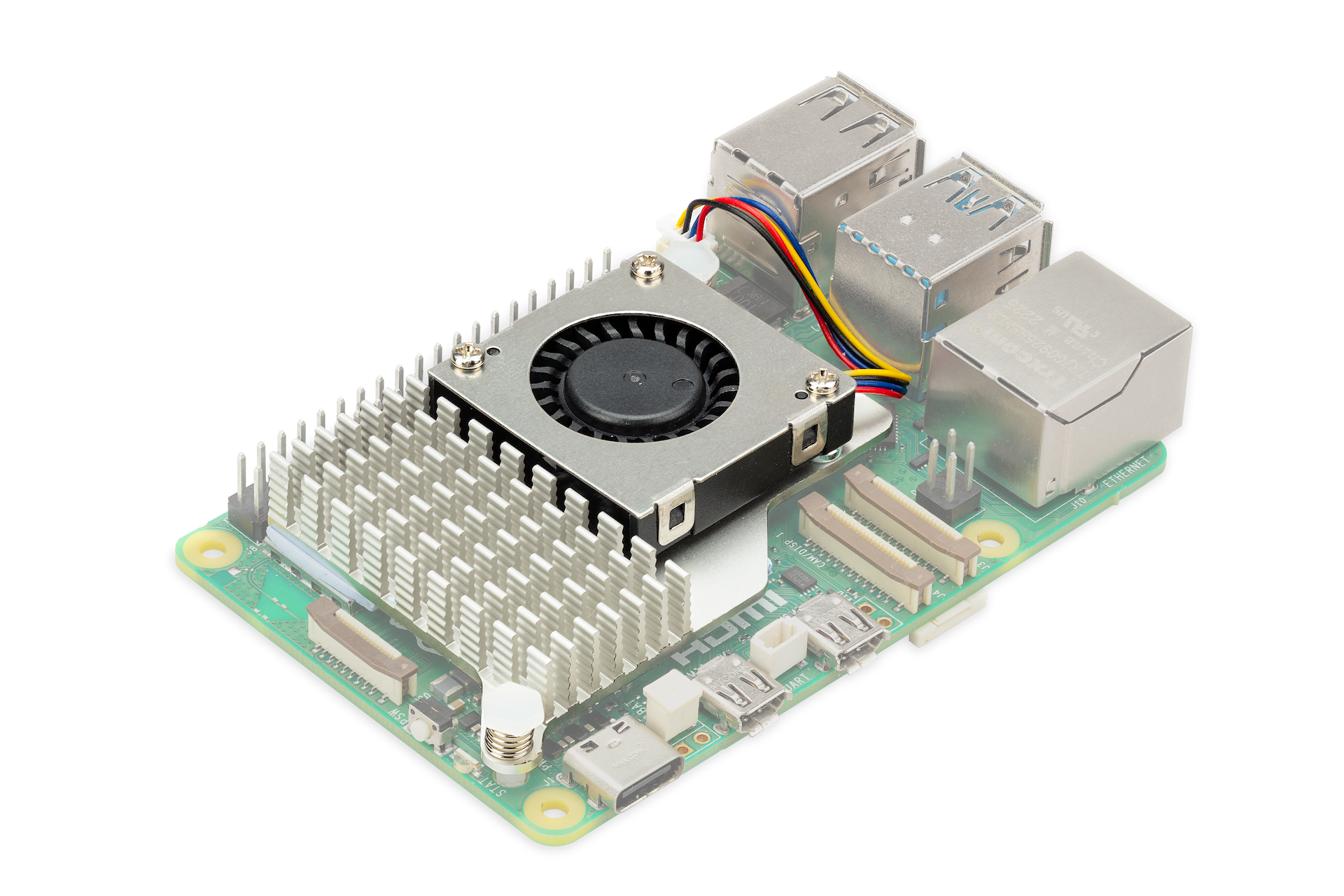Free Remote IoT: Raspberry Pi Behind Router (Easy Guide)
Want to control your Raspberry Pi projects from anywhere, without spending a fortune? It's absolutely possible to unlock the power of remote IoT access to your Raspberry Pi even when it's tucked away behind a router, all while keeping your wallet happy with free tools and methods.
The quest for seamless remote access to a Raspberry Pi, particularly when it resides behind a router, is a challenge that many IoT enthusiasts face. The core problem lies in the network address translation (NAT) implemented by most routers, which obscures devices on the local network from the outside world. Overcoming this requires clever techniques that bypass NAT, allowing you to interact with your Raspberry Pi remotely. We will delve into practical strategies to accomplish this goal, using readily available and free resources.
| Category | Information |
|---|---|
| Name | Raspberry Pi (General purpose computer, not a person) |
| Operating System | Raspberry Pi OS (formerly Raspbian), Linux-based |
| Primary Use | IoT Projects, Home Automation, Media Server, Educational Tool |
| Career/Professional Information | N/A (It's a computing device) |
| Connectivity | Ethernet, Wi-Fi |
| Typical IoT Applications | Remote Monitoring, Smart Home Control, Data Logging, Automation |
| Remote Access Methods | SSH, VNC, Remote.it, Dataplicity |
| Security Considerations | Strong passwords, Firewall configuration, Regular software updates |
| Cost | Hardware cost: ~$35 - $100+ depending on model and accessories |
| Website | raspberrypi.org |
Accessing a Raspberry Pi located behind a router involves a carefully orchestrated sequence of actions to establish a reliable and secure connection. This isn't just about making it work; it's about ensuring your data and system are protected from unauthorized access. The following methods provide different approaches to achieve this, each with its own set of trade-offs in terms of complexity, security, and performance.
So, how do you set up the optimal remote IoT connection to your Raspberry Pi, ensuring it operates flawlessly behind that router, all without emptying your bank account? This is a question that resonates with countless hobbyists and professionals alike. The key is understanding the available tools and techniques and selecting the ones that best fit your specific needs and technical skill level.
Let's embark on an exploration of leveraging remote IoT services to gain access to your Raspberry Pi, even when it's sitting securely behind a router, with an emphasis on utilizing free resources. This is not just about connecting; it's about empowering you to build sophisticated IoT solutions without the burden of expensive software or subscriptions.
One of the most common methods involves SSH tunneling. SSH (Secure Shell) provides an encrypted channel for communication between your computer and the Raspberry Pi. By setting up port forwarding on your router, you can direct incoming SSH connections to the Raspberry Pi. This method is generally considered secure and is relatively straightforward to configure, especially if you have some familiarity with command-line interfaces.
To use SSH tunneling effectively, you'll need to configure your router to forward a specific port (e.g., port 22, the default SSH port, or a different port for added security) to the Raspberry Pi's internal IP address. You'll also need to enable SSH on your Raspberry Pi, which can typically be done through the `raspi-config` tool. It's crucial to choose a strong password for your Raspberry Pi user account to prevent unauthorized access.
Dynamic DNS (DDNS) is often necessary because most home internet connections have dynamic IP addresses, meaning they change periodically. A DDNS service provides a static hostname that always points to your current IP address. When your IP address changes, the DDNS service automatically updates the hostname, ensuring that you can always access your Raspberry Pi using the same address. Several free DDNS services are available, such as No-IP and DuckDNS.
VNC (Virtual Network Computing) allows you to remotely view and control the Raspberry Pi's desktop environment. This is useful for tasks that require a graphical interface. To use VNC, you'll need to install a VNC server on your Raspberry Pi (e.g., TightVNC or RealVNC) and a VNC client on your computer. Similar to SSH, you'll need to configure port forwarding on your router to allow VNC connections to reach the Raspberry Pi.
Remote.it (formerly Weaved) is a service that simplifies remote access to devices behind a router. It establishes a secure connection between your computer and the Raspberry Pi without requiring manual port forwarding or DDNS configuration. Remote.it offers a free tier that allows you to connect to a limited number of devices. The service handles the complexities of NAT traversal and provides a user-friendly interface for managing your remote connections.
Dataplicity is another service that provides easy remote access to Raspberry Pi devices. It uses a secure web-based interface to connect to your Raspberry Pi, eliminating the need for SSH or VNC. Dataplicity also offers a free tier with basic features. It's particularly useful for users who prefer a web-based interface and want a simple setup process.
Another approach involves using a reverse SSH tunnel. Instead of having your computer connect directly to the Raspberry Pi, the Raspberry Pi initiates a connection to a remote server (e.g., a cloud server or another computer you control). This creates a tunnel through which you can then access the Raspberry Pi. This method is particularly useful when you have limited control over the router configuration.
To set up a reverse SSH tunnel, you'll need a remote server with SSH access. The Raspberry Pi will connect to this server, creating a tunnel that forwards a local port on the server to a port on the Raspberry Pi. You can then connect to the server's local port to access the Raspberry Pi. This requires careful configuration and understanding of SSH tunneling principles.
When accessing your Raspberry Pi remotely, security is paramount. Always use strong passwords, enable SSH key authentication, and keep your software up to date. Consider implementing a firewall on your Raspberry Pi to restrict incoming connections to only the necessary ports. Regularly review your security configuration to identify and address any potential vulnerabilities. It's also good practice to change the default SSH port to a non-standard port to reduce the risk of brute-force attacks.
Many IoT platforms offer remote access capabilities for Raspberry Pi devices. These platforms typically provide a cloud-based interface for managing and controlling your devices. Some popular IoT platforms include AWS IoT, Google Cloud IoT, and Microsoft Azure IoT Hub. These platforms often offer free tiers or trial periods that you can use to experiment with remote access features.
To use an IoT platform, you'll need to install a client library on your Raspberry Pi and configure it to connect to the platform. The platform will then provide a secure connection to your Raspberry Pi, allowing you to monitor its status, send commands, and receive data. IoT platforms can be particularly useful for managing large numbers of Raspberry Pi devices and integrating them with other cloud services.
In many cases, simply forwarding ports is not an option due to security policies or network configurations. If that's your case, a VPN (Virtual Private Network) can solve this limitation. You can set up a VPN server at home or use a commercial VPN provider. By connecting your Raspberry Pi and your remote computer to the VPN, you create a secure, encrypted tunnel that bypasses the router's NAT. Popular options are OpenVPN (free and open-source) and WireGuard (known for its speed and simplicity). Setting up a VPN server requires some technical knowledge, but it gives you a private and secure network for all your devices.
There are even more specialized, "no-code" or low-code platforms aimed at remote Raspberry Pi management. These platforms often offer a visual interface to set up connections, monitor device health, and even deploy code updates remotely. Look for platforms with free tiers that allow you to experiment and see if they meet your needs. These tools can save you time and effort compared to manual configuration methods.
Remember, even if youre using free services, it's essential to understand their limitations. Some free services may have data transfer limits, restrict the number of connected devices, or offer limited support. Read the terms of service carefully and choose services that align with your needs. If you find that your needs outgrow the free tier, consider upgrading to a paid plan to unlock additional features and resources.
The most effective approach often involves a combination of techniques. For example, you might use a DDNS service to ensure that you can always reach your network, coupled with SSH tunneling for secure remote access. Experiment with different methods to find the combination that works best for your specific requirements and technical expertise.
The methods described here enable seamless and cost-effective remote interaction with your Raspberry Pi, regardless of its location behind a router. It is paramount to continuously innovate and broaden the horizons of possibilities within the realm of remote IoT. By understanding the principles of network configuration, security best practices, and the available tools, you can unlock the full potential of your Raspberry Pi and build sophisticated IoT solutions.
The phrase "Best remote iot behind router raspberry pi free" encapsulates the core challenge and objective of many IoT projects. By exploring various techniques and tools, and by prioritizing security and efficiency, you can achieve seamless remote access to your Raspberry Pi without incurring significant costs. The possibilities are truly limitless.



Detail Author:
- Name : Reymundo Veum III
- Username : madisyn87
- Email : michele22@herzog.com
- Birthdate : 1997-03-15
- Address : 46035 Abshire Harbors Stephanieport, WY 35347-4899
- Phone : 320.637.9847
- Company : Donnelly-Veum
- Job : Train Crew
- Bio : Praesentium qui rerum exercitationem omnis rerum quis. Ut quia voluptatem excepturi consequatur qui eum et. Nam exercitationem velit dolor asperiores ducimus est consequatur.
Socials
facebook:
- url : https://facebook.com/laurenzieme
- username : laurenzieme
- bio : Et est sint suscipit veniam in aperiam sed.
- followers : 6589
- following : 742
twitter:
- url : https://twitter.com/lauren_zieme
- username : lauren_zieme
- bio : Dolore saepe commodi autem consequatur. Omnis omnis necessitatibus quo nobis est repellat. Provident ut cupiditate laborum quam. Consequuntur ab atque vitae.
- followers : 3352
- following : 1196
instagram:
- url : https://instagram.com/laurenzieme
- username : laurenzieme
- bio : Qui sit dolorem nesciunt deserunt et nihil. Aut consequatur magni animi unde corrupti excepturi.
- followers : 3123
- following : 2327
tiktok:
- url : https://tiktok.com/@lauren_zieme
- username : lauren_zieme
- bio : Vel qui et quae dolores architecto eum aut fugit. Dicta est tempore ad et sit.
- followers : 3646
- following : 157